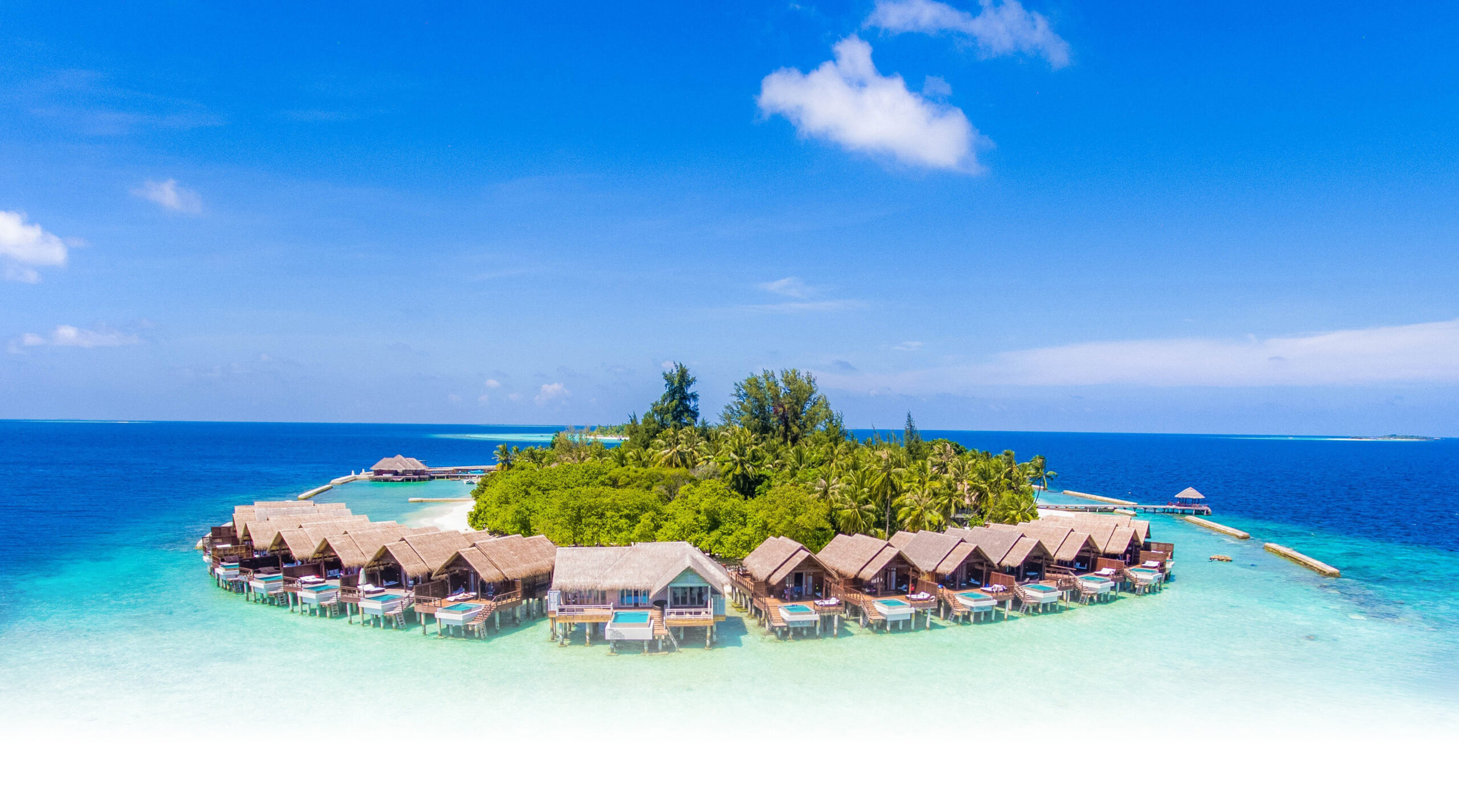Sun Siyam Resorts announces exclusive use of 02 of its luxurious resorts. The five-star family-friendly Sun Aqua Vilu Reef, the newly opened and luxurious Sun Aqua Iru Veli. Both resorts are available for private hire, as soon as visa restrictions are lifted. A private island escape costs less than USD 1,000,000 for 15 nights for up to 50 guests.
With an option to choose from with the both idyllic Maldivian islands which are perfect for escaping and unwinding and offer a barefoot luxury resort experience.
Looking at the newest addition to the Sun Siyam Portfolio , Sun Aqua Iru Veli is truly tropical and ultra-private. Being managed as an all inclusive manner, the rates cover everything including house alcohol and diving. With it meals, spa treatment (02 hours per person) and non-motorized water sports is included as well. With all day dining and no set mealtimes , guests can relax and enjoy their island getaway.
Whilst at Sun Aqu Vilu Reef guests get a more active island getaway. With 103 beach and over water villas that feature plunge pools, ocean vistas, multiple pools, spas, private chefs, private butlers and an assortments of watersports and diving.
Having all the options to choose from, both Vilu Reef and Iru Veli are renowned for their dazzling white, sugar soft beaches, 5-star cuisine, tranquil spas, a wide range of activities and renowned snorkeling. An exclusive stay at these luxurious islands will take your holiday, wedding or special occasion to the next level!
Approximately 45 minutes away from Velana International Airport, situated in the South Nilandhe Atoll. You could take the most scenic flight of your life time. Experience the seaplane of the worlds largest seaplane operator, TMA. For availability of the amazing and one in a life time getaway experience, Sun Siyam Resorts requests to contact Shanyz Zihunee at sun Aqua email shanyz.zihunee@sunaqua.com







